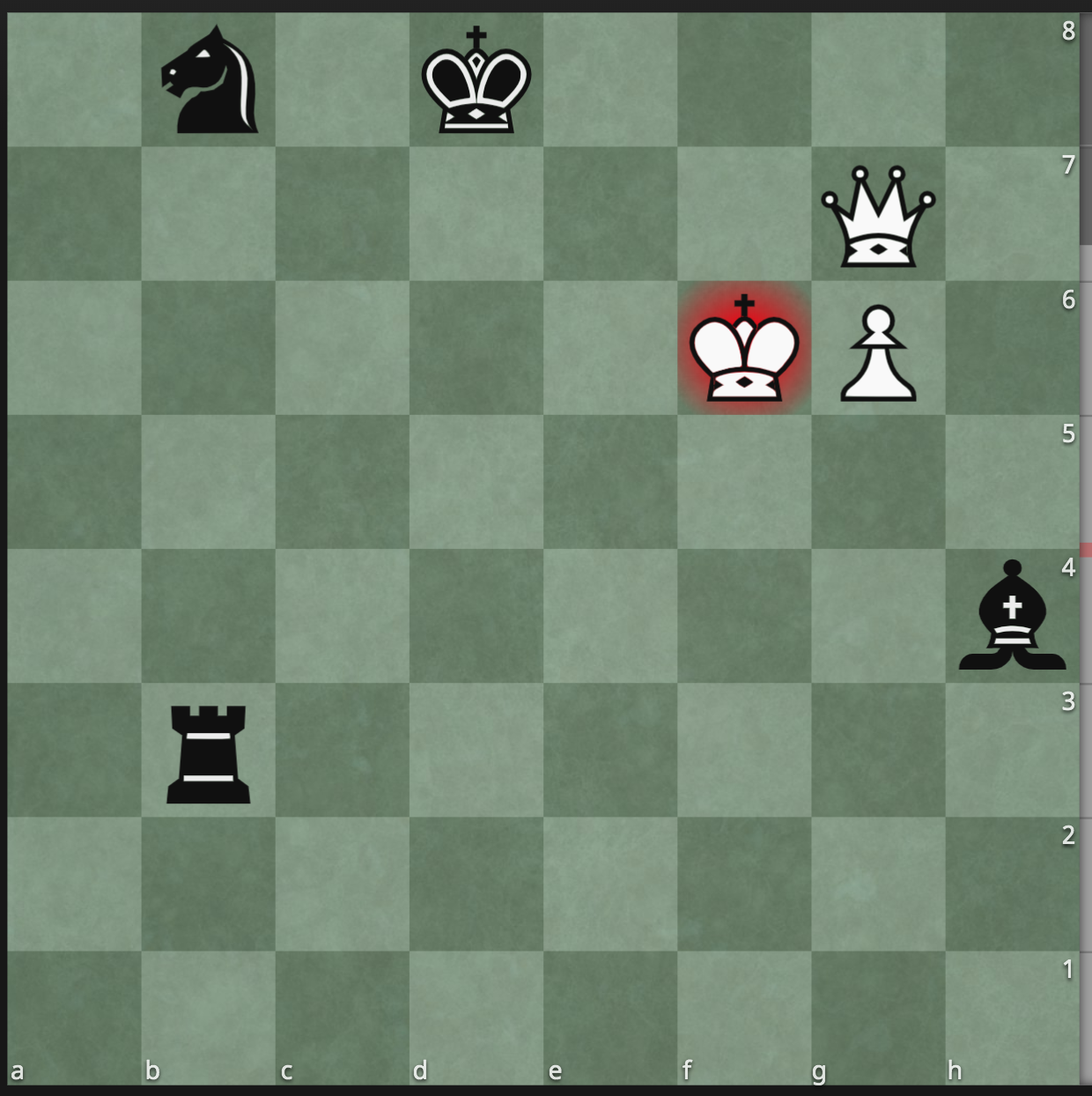

Ī queen exchange often marks the beginning of the endgame, but there are queen endgames, and sometimes queens are exchanged in the opening, long before the endgame. The Danvers Opening (1.e4 e5 2.Qh5), which is widely characterized as a beginner's opening, has occasionally been played by the strong American grandmaster Hikaru Nakamura.

Some less common examples have also been observed in high-level games. For example, the Scandinavian Defense (1.e4 d5), which often features queen moves by Black on the second and third moves, is considered sound and has been played at the world championship level. Despite this, beginners often develop the queen early in the game, hoping to plunder the enemy position and deliver an early checkmate, such as Scholar's mate.Įarly queen attacks are rare in high-level chess, but there are some openings with early queen development that are used by high-level players. rooks and bishops), the queen is less restricted and stronger in closed positions.Ī player should generally delay developing the queen, as developing it too quickly can expose it to attacks by enemy pieces, causing the player to lose time removing the queen from danger. Compared to other long range pieces (i.e. Because of its long range and ability to move in multiple directions, the queen is well-equipped to execute forks. The queen is strongest when the board is open, the enemy king is poorly defended, or there are loose (i.e. However, experience has shown that this factor is usually less significant than the points favoring the queen. A factor in favor of the rook and bishop is that they can attack (or defend) a square twice, while a queen can only do so once. Second, unlike the bishop, the queen is not hampered by an inability to control squares of the opposite color to the square on which it stands. First, the queen is more mobile than the rook and the bishop, as the entire power of the queen can be transferred to another location in one move, while transferring the entire firepower of a rook and bishop requires two moves, the bishop always being restricted to squares of one color. The reason that the queen is stronger than a combination of a rook and bishop, even though they control the same number of squares, is twofold. It is almost always disadvantageous to exchange the queen for a single piece other than the enemy's queen.

The queen is typically worth about nine pawns, which is slightly stronger than a rook and a bishop together, but slightly less strong than two rooks, though there are exceptions.
CHESS TABLEBASE 7 PIECE DOWNLOAD
It is more efficient to download them from a mirror: Hostįeedback via mail, bug reports and pull requests are welcome.Further information: Chess piece relative value Generating the tablebases requires considerable computational resources. DTZ tables are generally only used to finish the final phase of the game ("at the root"). Most of the time (during search) only WDL tables are used. If you want to use tablebases in a chess engine you certainly need a local copy. 556 half-moves before the winning side can safely move a pawn.Black rook chasing king to force stalemate, without avail.Black escapes to a blessed loss with an underpromotion.The 7-piece tablebase contains 423,836,835,667,331 unique legal positions in about 18 Terabytes.
CHESS TABLEBASE 7 PIECE CODE
However, unlike DTM it achieves the best possible result even with the fifty-move rule.Ħ-piece tables were released by Ronald de Man in April 2013, including probing code and the generator.įrom May to August 2018 Bojun Guo generated 7-piece tables. Forcing captures or pawn moves while keeping a win in hand ensures that progress is being made.ĭTZ optimal play is not always the shortest way to mate ( DTM) and can even look unintuitive: For example sometimes pieces can be sacrificed to reset the fifty-move counter as soon as possible. The tables provide WDL 50 and DTZ 50′′ information. Syzygy tablebases allow perfect play with up to 7 pieces, both with and without the fifty-move drawing rule, i.e., they allow winning all won positions and bringing all drawn positions over the fifty-move line. The game is drawn because with the remaining material no sequence of legal moves can lead to checkmate.


 0 kommentar(er)
0 kommentar(er)
